Get the best of both worlds with blended learning
The right mix of learning interventions makes the difference.
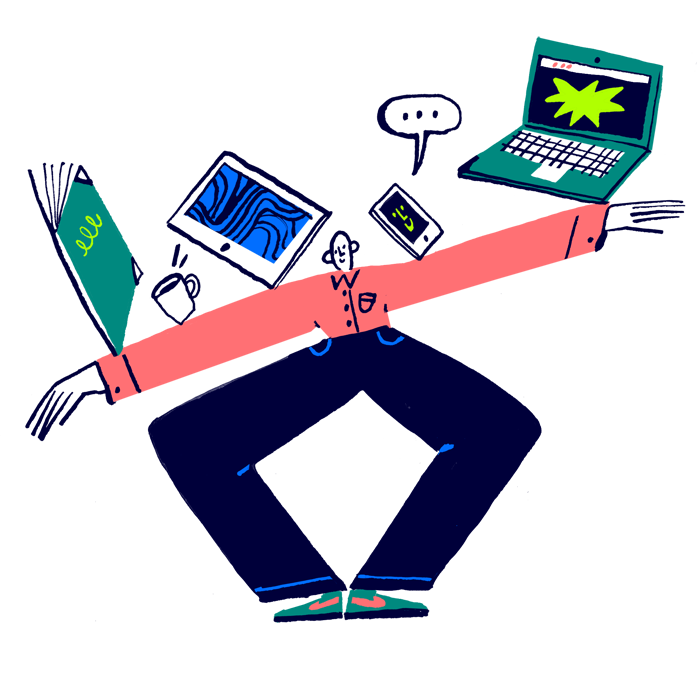
Get the best of both worlds with blended learning
The right mix of learning interventions makes the difference.

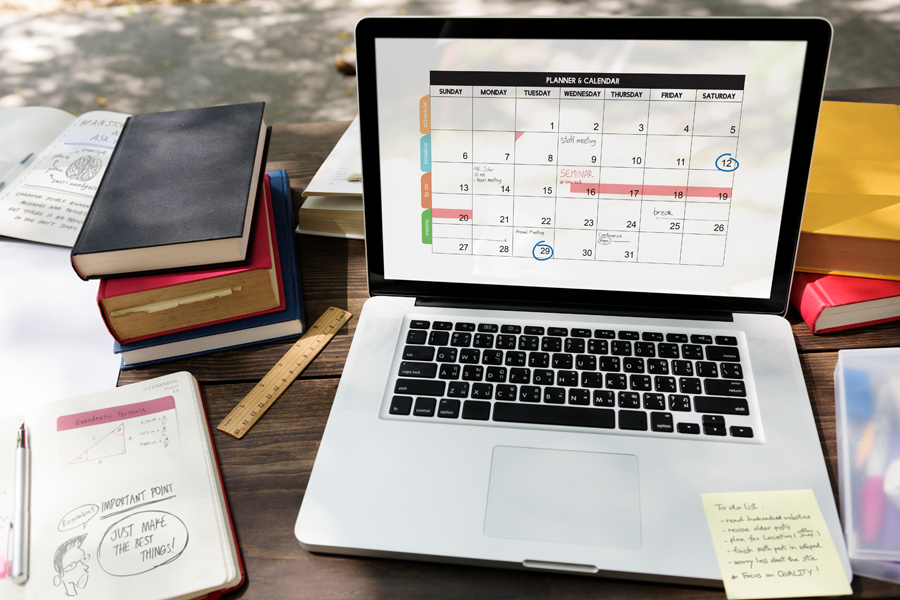
Why blended learning?
Blended learning combines face-to-face and online learning approaches, leveraging technology to enhance learning experiences. It is a more effective and efficient way to help learners learn.
"Technology will not replace great teachers [or trainers] but technology in the hands of great teachers can be transformational."
- George Couros
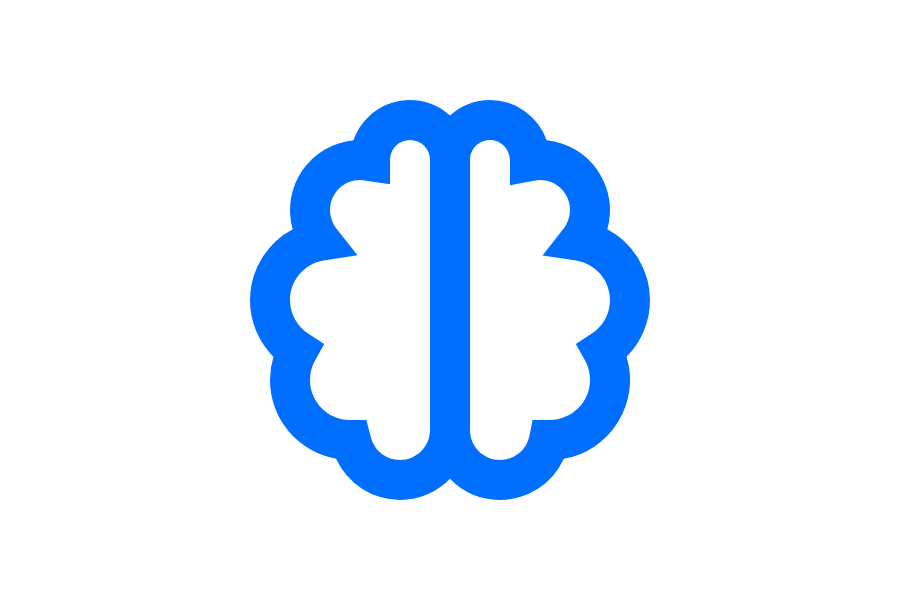
1. What are the benefits of blended learning?
Sure, blended learning is nice and all, but does it actually work? It does but only when you use it in the right way.

Blended learning surpasses classroom learning due to its effective learning methods, as indicated by Dr. Will Thalheimer's research. The right blend, tailored to learner characteristics and context, enhances both efficiency and effectiveness in learning.
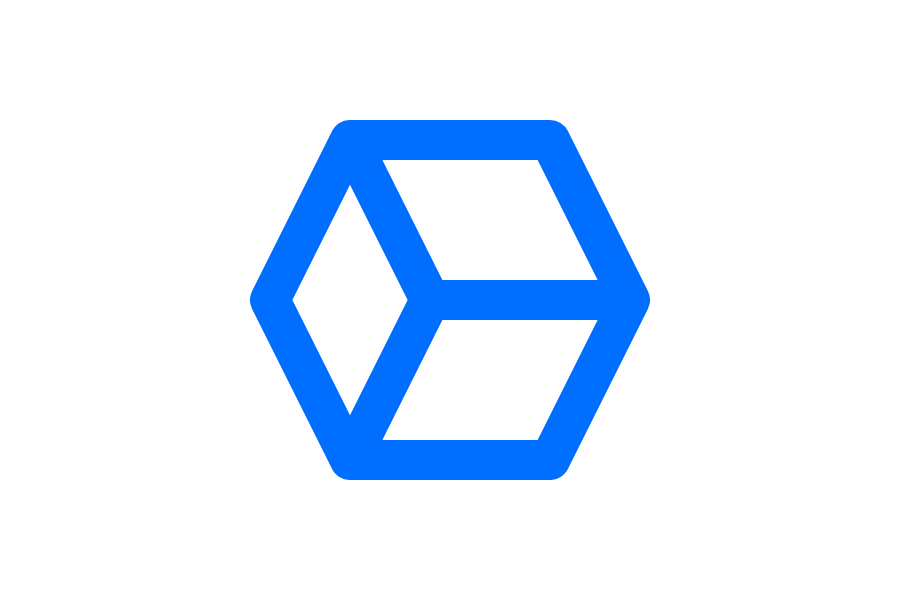
2. How to start with blended learning?
If you’ve never designed and delivered online learning before, it can be a bit of a puzzle to figure out where and when to start.

Before implementing blended or online learning, it is crucial to assess if it solves the problem at hand. Starting with simple solutions, understanding the problem, and considering design before content are key steps in successful implementation. Tools should be chosen wisely and feedback sought throughout the development process.

3. How to design blended learning?
Once you’ve identified that blended learning can solve your problem, you can follow these steps to design and deliver your blended training course.

What should my learners achieve?
What should the learner know or do after this specific training? That decides the topics you will discuss in your training.

How should I assess the different topics?
You’ll have to assess the newly acquired knowledge or skills before you can conclude that your training worked.

What structure should I apply?
Think back on your learning goals, topics and assessment: is there a structure that you can apply to the course?

Learning activities
The next step is all about designing which learning activity you want to use per topic or learning goal.
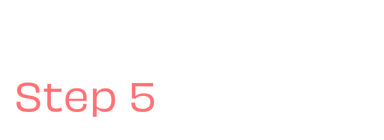
Test your blueprint
The basis for your course is ready. You’ve done most of the thinking, now it’s time to put it into practice.

Design the content
Fine-tuned your blueprint based on the feedback that people gave you? Then it’s time to start developing your content.

Start building
Build the designed and developed learning activities in your learning system, make a scenario for your face-to-face session.

Test and pilot
No learning programme has been spot on from the get-go. Everything needs some fine-tuning based on user feedback.

Let’s go live!
You have learning goals, a structure, learning activities, the right content and you piloted. Let’s go live.

4. What are examples of blended learning?
Blended learning can be used for various purposes, be it certification and compliance training, onboarding training, exam training, skills training, product training, etc. Let’s look at some examples.
Some great blends to learn from

5. Tools you can use for blended learning
The key to successful blended learning is to find the right blend of learning methods and learning activities. Technology can help a great deal with this. Here's a selection of the tools at your disposal.

Mix and match
Pick diverse learning activities and release them in any sequence.

Intuitive experience
Allow learners to focus on learning, instead of the tool.

Motivate learners
Notify them of events, encourage discussions and offer references.

Learn on the go
Learners can choose to learn from anywhere, at anytime with our app.

Learn and retain
Help learners store what they learn in their long-term memory.

Share achievements
Allow learners to showcase a portfolio of their certificates and diplomas.


